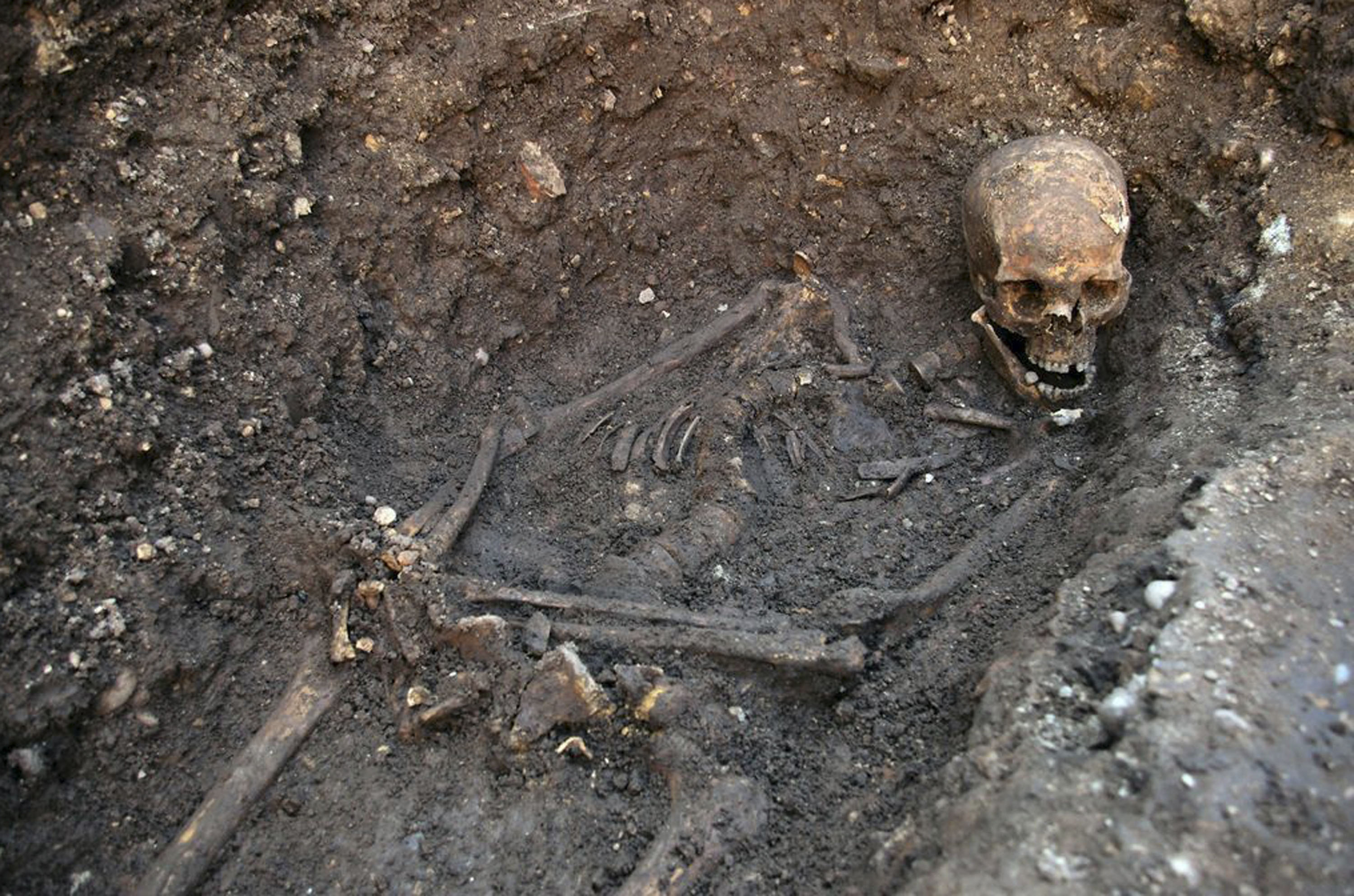Anyone who has spent any time in a courtroom knows how easy it is for a skilled defense lawyer to plant doubt in the mind of a jury. Even in a relatively straightforward case, such as a hit and run, jurors are frequently presented with such a confusing array of photographic and forensic evidence that it is very difficult to know what has taken place and who may be at fault.
But what if there was a kind of technology that could reconstruct the crime scene in 3-D and match it to other forensic imaging data? Furthermore, what if this technology could see through skin, bone and even soft tissue to detect bullet fragments overlooked by traditional pathologists equipped only with a scalpel and the human eye?
That is the promise of virtual autopsy — or "virtopsy" — a radical new approach to forensic imaging developed in Switzerland that is fast winning converts in Britain and elsewhere. Just as forensic pathologists at the University of Leicester in central England recently used computed tomography (CT) to identify the two fatal blows to the Plantagenet king Richard III, so a team of Zurich-based radiologists and pathologists is now using similar CT and magnetic resonance imaging (MRI) technology to help solve modern-day murders and crimes.


















With your current subscription plan you can comment on stories. However, before writing your first comment, please create a display name in the Profile section of your subscriber account page.